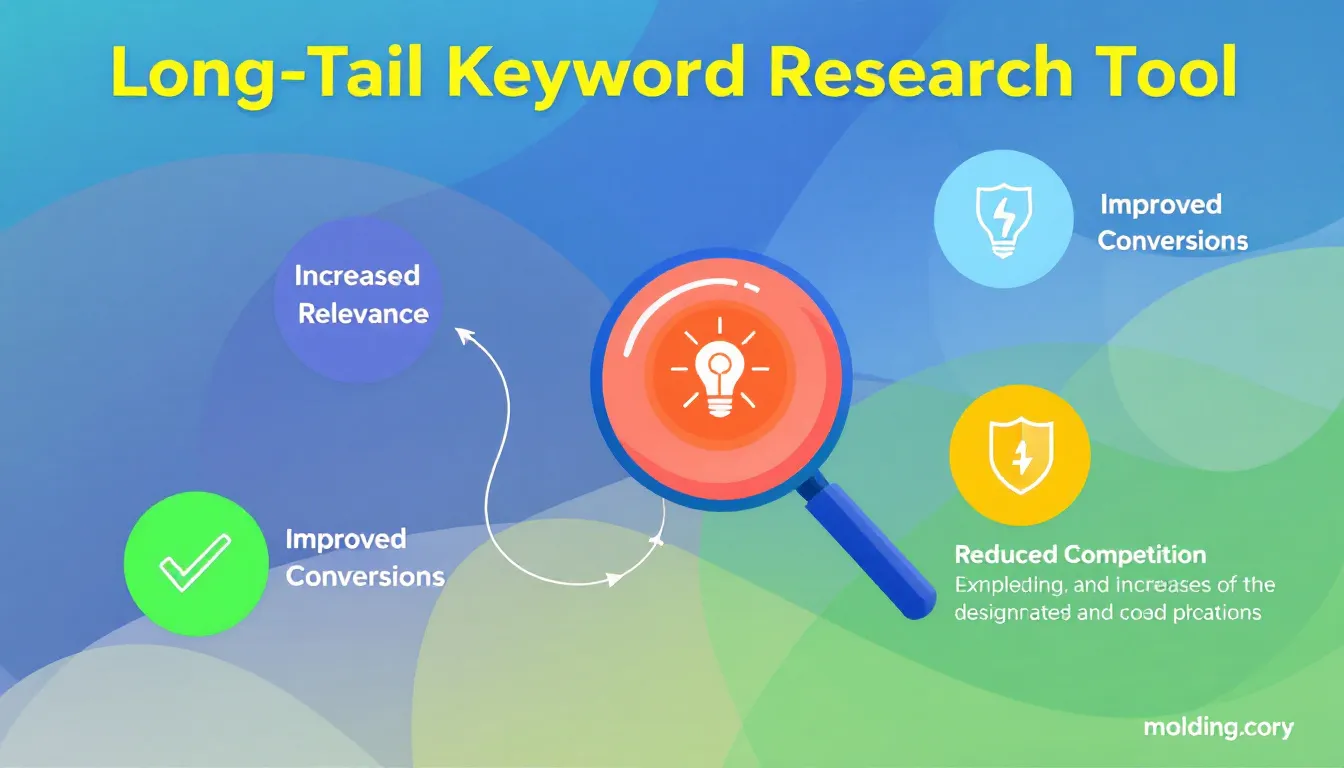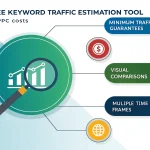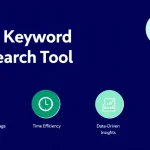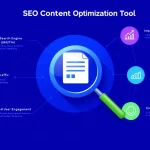Is this tool helpful?
How to use the tool
- Enter your main topic: Keep it specific. Example inputs: “Solar panel maintenance tips” or “Indoor herb garden kits”.
- Add a target audience (optional): Narrow results with phrases like “apartment dwellers” or “retired hobbyists”.
- Specify content type (optional): Guide the tool using “Pinterest infographic” or “B2B case study”.
- Select keyword count (optional): Type a number—10, 50, or any positive integer. The default is 20.
- Click “Generate Keywords”: Review the list, copy relevant phrases, then plug them into your SEO plan.
- Apply and measure: Track ranking changes in your analytics dashboard after adding new keywords.
Quick-Facts
- Long-tail keywords account for 70 % of search queries (Moz, 2023).
- Average long-tail phrase length is 4.3 words (Backlinko, 2022).
- Cost-per-click for long-tails runs 36 % lower than head terms (WordStream, 2022).
- Voice searches use natural language in over 50 % of cases (Google Voice Trends, 2021).
FAQ
What problem does the tool solve?
You discover low-competition, high-intent keywords in seconds, saving the manual research time that averages 2 hours per topic (Ahrefs, 2022).
How many keywords should you request per session?
Start with 20 to scan breadth, then rerun smaller sets of 5-10 for deeper focus on subtopics (HubSpot, 2023).
How do you judge keyword difficulty after generation?
Paste phrases into a tool like Ahrefs or Semrush and target scores under 30 KD for faster wins (Semrush, 2023).
Where exactly should you place long-tail keywords?
Insert them in the title tag, H2 heading, meta description and first 100 words; Google weights those locations strongly (Google Search Central, 2022).
Can you use these keywords in paid ads?
Yes. Lower CPC plus higher relevance quality scores can cut campaign costs by 25 % (WordStream, 2022).
How frequently should you run new keyword searches?
Schedule weekly runs during campaigns or monthly during maintenance to stay aligned with trending queries (Search Engine Journal, 2023).
Important Disclaimer
The calculations, results, and content provided by our tools are not guaranteed to be accurate, complete, or reliable. Users are responsible for verifying and interpreting the results. Our content and tools may contain errors, biases, or inconsistencies. Do not enter personal data, sensitive information, or personally identifiable information in our web forms or tools. Such data entry violates our terms of service and may result in unauthorized disclosure to third parties. We reserve the right to save inputs and outputs from our tools for the purposes of error debugging, bias identification, and performance improvement. External companies providing AI models used in our tools may also save and process data in accordance with their own policies. By using our tools, you consent to this data collection and processing. We reserve the right to limit the usage of our tools based on current usability factors.







